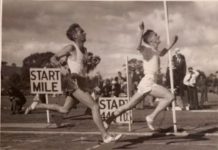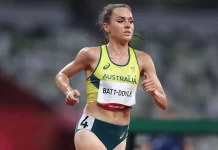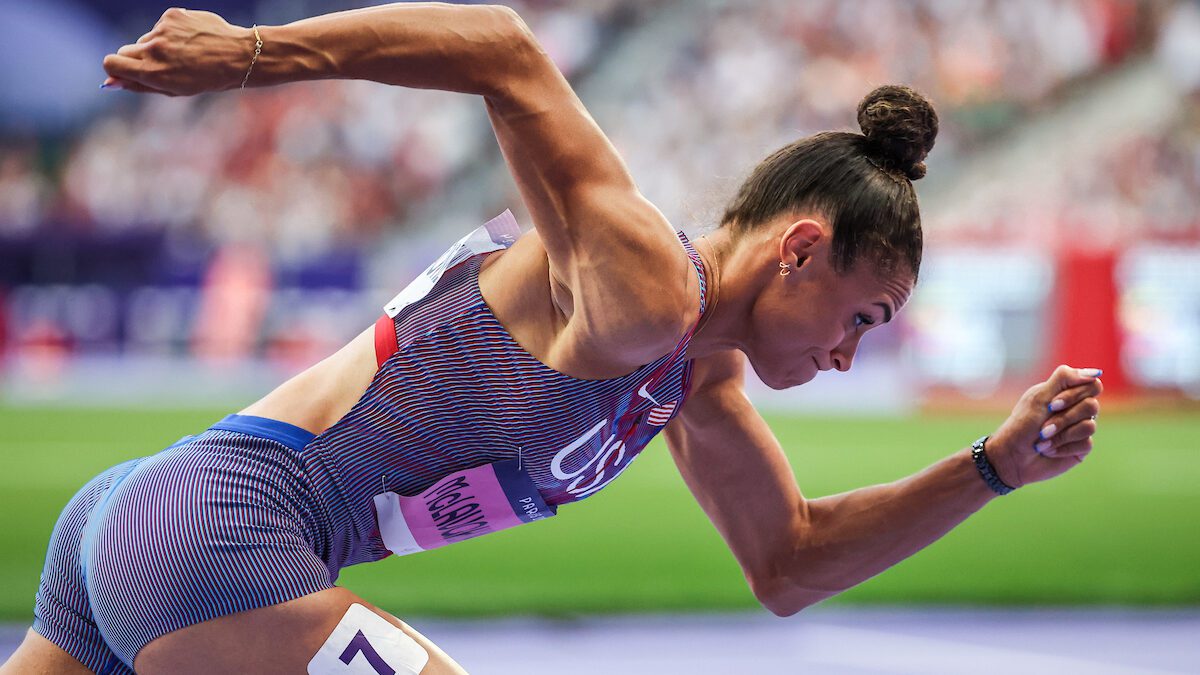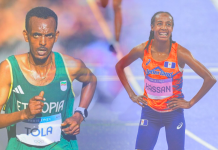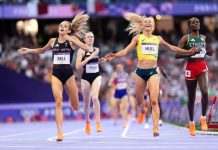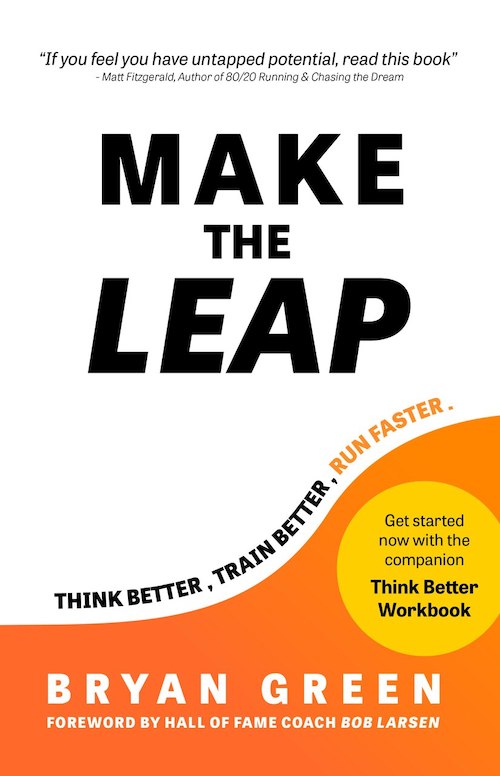Remember 24 September 1993? That was the day International Olympic Committee president Juan Antonio Samaranch reached for the envelope containing the winning bidder for the 2000 Olympic Games, drew out the enclosed sheet of paper and announced (ignoring the mangled English):
“And the winner is . . . Sydney.”
Cue wild celebrations from the Sydney bid team followed almost instantaneously by similar reactions back home.
Sydney was all the news back then and Sydney has been all the news in the lead-up to this weekend’s (13-14 September) Diamond League final in Brussels. That’s Sydney, Australia in the first instance, Sydney McLaughln-Levrone in the latter.
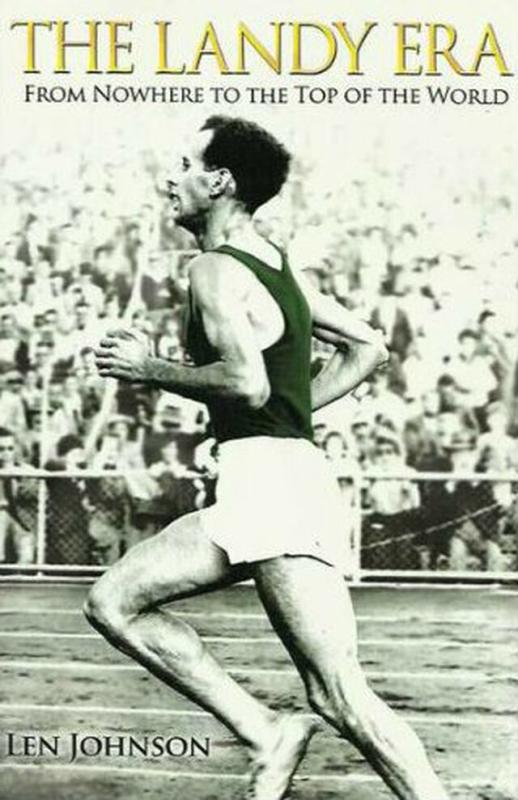
In a drawn-out drama comprising several announcements and several clarifications, Sydney McLaughlin-Levrone, she of the world records in the 400 metres hurdles at the US Olympic Trials and again in Paris Olympic Games, was announced variously as running the 200 and the 400 metres at the DL finals in Brussels, not running at the DL finals after all and then running both events in Brussels, just not in the finals.
In an outcome as precise as a micro-surgeon’s incisions, McLaughlin-Levrone will run the 200 and 400 in Brussels but they will be invitation events conducted in addition to the DL final in each discipline. (There will also be an invitation men’s 400, a celebration of the careers of Kevin and Dylan Borlee, but neither local hero would qualify for the 400 DL final.) McLaughlin-Levrone’s events are on the main program – Friday night’s invitation 400 and Saturday’s 200 will be run just minutes before the respective DL finals.
The hair-splitting that allows everyone to say the invitation events are not on the main program is that they do not fall within the two-hour television window during which the DL final is ‘live’. But four field events – men’s pole vault and long jump, women’s discus and shot put – will be underway before the 400 on day one and another four the next day – men’s triple jump and shot put, women’s javelin and pole vault – before the 200.
Oh, and the US streaming service Peacock has announced it will extend its coverage to take in the two McLaughlin-Levrone races.
Sounds like everyone is happy, right? Of the entities involved – Brussels organisers, McLaughlin-Levrone, the Diamond League and World Athletics – the latter two avoid being seen to compromise their rules blatantly to accommodate a star athlete, Brussels gets to promote the participation of one of the best-known faces of world athletics at both days of the final, and McLaughlin-Levrone gets to run, despite not having competed in a single DL meeting this year when the minimum requirement, even for a wild card entry, is to have run at least one.
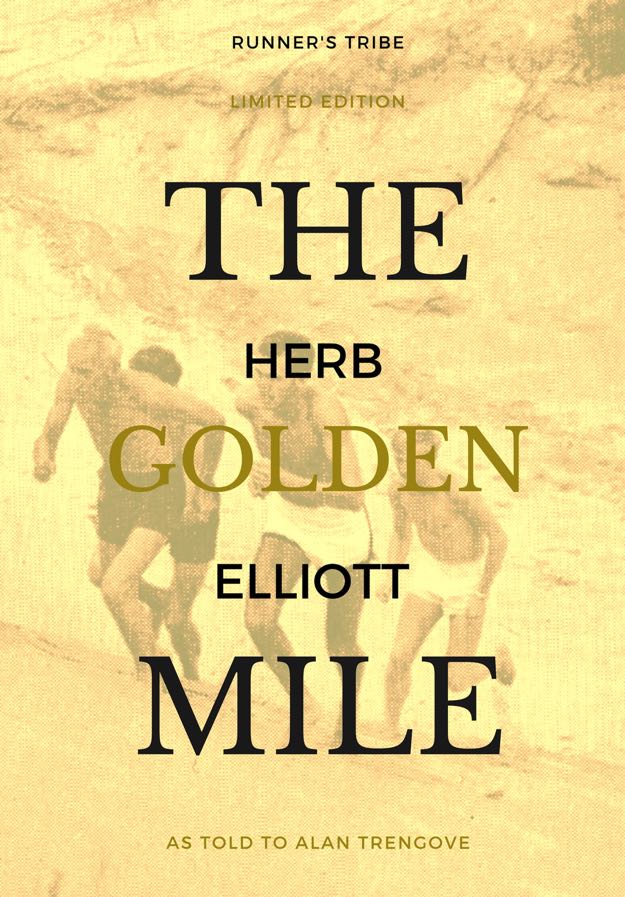
And both races are included in the livestream without cutting anything else out. A wise person once defined the art of the compromise as an outcome where everyone gets something they want but no-one gets everything they want.
So, the winner is Sydney? Brussels’ Van Damme Memorial meeting? World Athletics? The Diamond League? Fans? All of the above?
The benefit for McLaughlin-Levrone, the Van Damme and fans is apparent. One of the world’s best athletes races twice on the main program. If you bought a ticket or are enticed to watch solely on that basis both you and the organisers are happy. Some of that goodwill rubs off onto World Athletics and the Diamond League.
But there is an obvious loser. Who? Athletics, that’s who: for the second year running what is supposed to be the showpiece of the season, the final of a series comprising the world’s peak one-day meetings, suffers from the ham-fisted attempts to squeeze athletes in who have competed either sparingly or not at all.
In Eugene last year, it was the adoption out of nowhere of a wild card rule. That allowed one athlete an event from the host nation to be added and up to four not otherwise qualified ‘international’ athletes to be included overall. The, Athing Mu was the obvious beneficiary, now it’s McLaughlin-Levrone whose presence is deemed essential to the success of the meeting.
Other major sporting events allow ‘wild card’ entries. Tennis’s grand slam tournaments, for example, use them to include players from the host country who don’t rank high enough to earn a place in the draw, or formerly high-ranking players returning from injury. But grand slam tennis tournaments have a draw of 128 players – 256 in all, taking in both men’s and women’s draws – while the DL final has just six places in each field event and eight (up to and including 800 metres) or 10 for track events.

At least tennis players granted a wild card are given a spot in the main draw. McLaughlin-Levrone in ‘invitation’ events in Brussels, on the other hand, is effectively undermining the two DL events in which she competes, a distraction at the very least.
It all sits oddly with what happens in other events. Australia’s Eleanor Patterson joins Nicola Olyslagers in the high jump in Brussels, but she has missed the final the past two years despite winning the world championships in 2022 and being a silver medallist last year because injury prevented her garnering enough points to qualify.
Compromise is a necessary thing often and usually produces an outcome everyone can be happy with. But when it comes to squeezing athletes or events into the program it’s hard to see how the sport gains.



